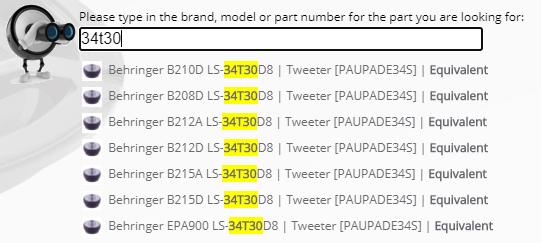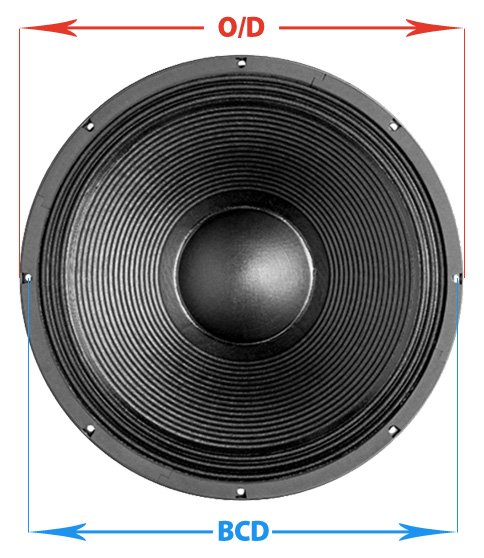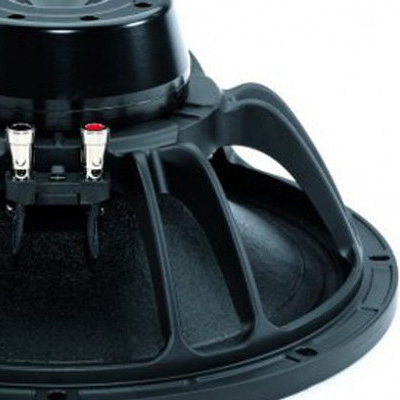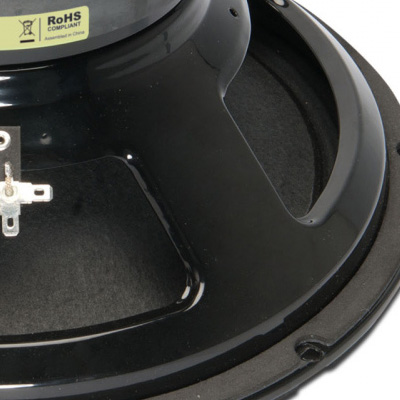Nightmare situation, your speaker is blown, and you need a replacement. Pop online and all you have to do is pick another one the right size that matches your budget. Sadly this isn’t the case – it can be whole lot more complicated than it seems, and this guide is intended to take you through the basics.
After thousands of phone conversations helping customer through this process over the years, we thought it was about time to write a short guide to help you through this process. Along the way we will aim to dispel a few myths, and help you make an educated decision yourself. If you cant work it out – we are still here to help, but you will at least know what information we need to help you.
First thing to realise is that there are thousands of different models of speakers out there, some current, some discontinued, and most manufacturers don’t make product data publicly available. Any information we have has been gathered from customer feedback, and our own experiences of doing repairs/upgrades which covers just a small fraction of the speakers our there. Our website has a compatibility database programmed into the search function. The quick way to check if we have a match is to just type into the search box any model numbers or product codes you have, and if we can find a match, any suitable options will appear in the search results:

You can access the dedicated parts search function here: https://www.bluearan.co.uk/index.php?partsearch – we discussed this previously in an older blog post: https://blog.bluearan.co.uk/speaker-parts-compatibility-database/
If you don’t get a result, all is not lost- but please don’t just pick up the phone and call us. We don’t have a secret hidden database of parts that we’ll only divulge over then phone, all we can do is search the same data you can search yourself, and if it’s not in the list the process of selecting alternatives can be quite involved and time consuming, and we need more information from you which is best sent to us via email: sales@bluearan.co.uk
Please include the following information:
a. Make/model of the speaker cabinet and/or drivers you want to replace
b. Dimensions of your current parts, ideally BCD, and baffle cut out diameter (see the guide below)
c. A few images of the parts you need to replace (front and back) as we can sometimes identify manufacturer by appearance.
d. Driver Impedance (if you have this information)
If you want to get going and find a replacement yourself, we’ve written a quick guide to help you along your way – click the links below to read more.
- Check dimensions of your current parts
- Power rating and impedance for the replacement
- Check suitability for the cabinet type.
If you don’t have time to read all of this, just take away one piece of information from reading this, and I can not emphasize this enough. YOU SHOULD NOT BE SELECTING A REPLACEMENT SPEAKER PURELY BY LOOKING AT POWER RATING. Power rating tells you nothing about the performance, it’s a bit like choosing a vehicle based on engine size. The only thing you can measure is how much fuel you will use, it doesn’t tell you if it will do the job right. You could buy a sports car with a 2.0 litre engine, an SUV with a 2.0 litre engine, and a big van with a 2.0 litre engine – they don’t all do the same job in the same way, but the engine size is the same. You wouldn’t buy a big van as a speedy little runaround, and you wouldn’t buy a sports car for driving off road.



